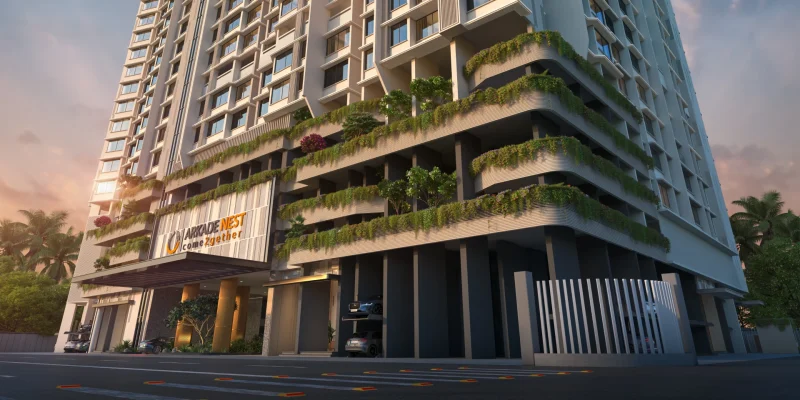
Why Macroeconomic Reforms Might Put a Home Within Your Reach Sooner
By Arpit Jain, Director, Arkade Developers Limited
India’s economic outlook in 2025 is as much about resilience as it is about growth. The International Monetary Fund (IMF) projects GDP expansion of 6.4% for both 2025 and 2026, reaffirming India’s position as the fastest-growing major economy in the world. But beyond the headline figure lies a story of decisive government actions—monetary and infrastructural—that are reshaping the way people spend, invest, and aspire. For potential homeowners, these reforms are beginning to close the gap between aspiration and reality.

Rate Cuts That Lighten the EMI Burden
With inflation easing to just 3.16% in April 2025, the Reserve Bank of India found the space to act decisively, cutting the repo rate by a cumulative 100 basis points to 5.5% by June. For ordinary households, this is more than a technical shift—it is a tangible easing of the financial load. A 50-basis point cut saves around ₹1,200 per month on a ₹40 lakh loan, according to PNB Housing Finance. Over a 20-year tenure, those savings add up to a meaningful difference.
Beyond the arithmetic, cheaper borrowing builds confidence. It encourages families to move ahead with decisions they might otherwise postpone. The results are already visible: Knight Frank data shows that Mumbai registered record property transactions in the first five months of 2025, despite headwinds from macroeconomic uncertainty, elections, and the monsoon months. Monetary policy is clearly working its way into household decisions.






